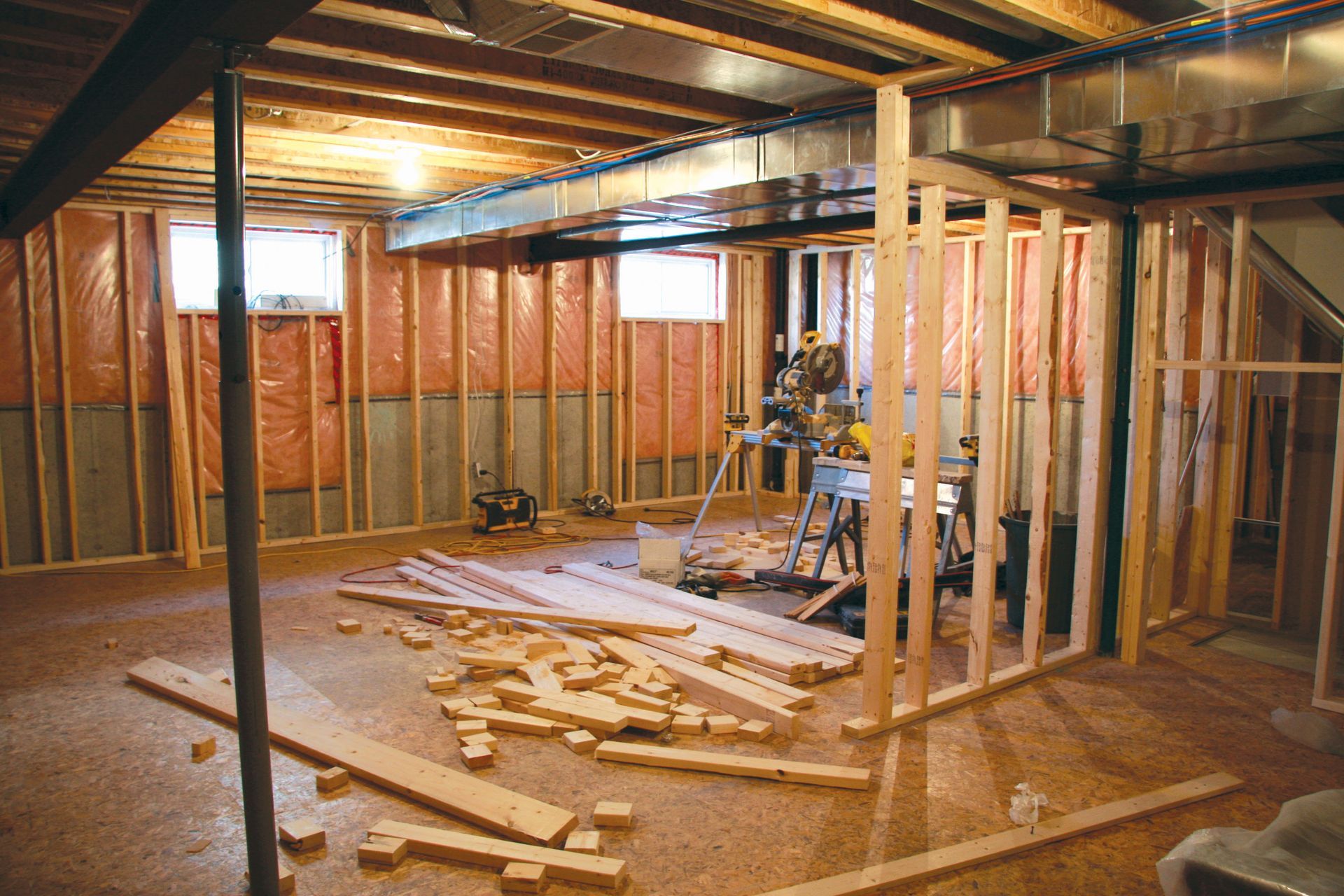What You Need to Know about Remodeling Your Home
Remodeling your home can be a fulfilling yet complex endeavor. With the right knowledge and preparation, you can transform your living space to better suit your needs and lifestyle. This article will guide you through the essentials of home remodeling, from initial planning to final execution. Many successful projects begin by working closely with skilled developers who can help bring your vision to life.
1. Planning Your Remodel
1.1 Assessing Your Needs and Goals
The first step in any remodel is to clearly define your needs and objectives. Consider why you want to remodel and what specific outcomes you hope to achieve. Are you aiming for a more functional space, increased square footage, or enhanced aesthetics? Engage everyone who shares the space to gather diverse perspectives for a well-rounded plan. Having thorough discussions upfront will streamline decisions throughout the project.
1.2 Establishing a Realistic Budget
Setting a budget is crucial to keep your remodeling project on track. Begin by researching average costs for the type of remodel you are considering. Consider both labor and material expenses, as they tend to be the most significant costs. Don’t forget to include a contingency for unexpected expenses, typically around 10-15% of the total budget. This approach helps you stay financially adaptable throughout the project.
1.3 Setting a Timeline
A clear timeline helps avoid project delays and frustrations. Start by setting a start and completion date, then break down the project into manageable phases. Be realistic with timeframes for each stage, accounting for possible setbacks such as material delays or weather impacts. Communicate these timelines with contractors to ensure everyone is on the same page. Regular updates will help you adapt to any unexpected changes.
1.4 Consulting with Professionals
Professional guidance can provide valuable insight that can save time and money. Depending on the complexity of your remodel, consider consulting architects, designers, or specialized contractors. Developers with remodeling expertise bring design and construction insights that can enhance the quality and functionality of the redesign. Be sure to check credentials and review portfolios before hiring. Having experts on board may also help ensure compliance with local building codes.
1.5 Prioritizing Project Elements
With a finite budget and timeline, prioritizing project elements is essential. Consider both your immediate needs and long-term plans for the home. Determine which parts of the remodel will provide the most value, either through improved function or increased ROI. For example, focus on areas that enhance daily use or significantly increase property value. Prioritizing these elements ensures a successful and satisfying renovation.
2. Understanding Home Renovation Costs
2.1 Breakdown of Costs
Understanding the breakdown of costs can help manage your budget effectively. Typically, expenses are divided into categories such as materials, labor, permits, and design fees. Materials often take up the lion’s share due to quality choices and quantity needs. Labor costs will vary depending on the rate in your area and the complexity of the work. Always keep a detailed log of expenses for financial clarity.
2.2 Estimating the Return on Investment (ROI)
Estimating the ROI of your remodel can guide investment decisions. For instance, according to homeguide, exterior house remodeling offers an 80% ROI while improving curb appeal. Consider doing a cost-benefit analysis to assess potential increases in home value against remodeling costs. Knowing potential returns helps prioritize updates that yield the highest value. This strategic approach ensures wise financial investments.
2.3 Funding Your Remodel
Funding a remodel requires careful financial planning. Explore different options such as savings, loans, or home equity lines of credit. Each option carries its own risk and benefit profile, so assess them based on your financial situation. Ensure monthly payments fit within your budget if opting for financing. Developers with financial planning knowledge can also advise on remodeling loan solutions tailored to your goals.
2.4 Cost-Saving Tips and Tricks
Implementing cost-saving measures can maximize your budget. Consider doing some tasks yourself, such as demolition or painting, to save on labor. Shopping smartly for materials, such as waiting for sales or buying in bulk, can reduce expenses. Incorporate energy-efficient designs and materials to lower utility bills long-term. Reusing or repurposing existing materials can also lower costs without compromising quality.
2.5 Managing Unexpected Expenses
Unexpected expenses are common in remodeling projects, but they can be managed with foresight. Set aside a contingency fund of 10-15% of your total budget to cover unforeseen issues. Regular communication with contractors can help spot potential problems early. Staying involved and informed will help you quickly adapt to changing circumstances. By expecting the unexpected, you can maintain budget control.
3. Selecting the Right Materials
3.1 Evaluating Material Durability and Quality
Material durability and quality are foundational to a long-lasting remodel. Research different options and consider the environment each material will face. For example, kitchen and bathroom materials should withstand moisture, while outdoor materials need weather resistance. Review product reviews, seek expert opinions, or test samples when possible. Investing in quality materials upfront can save replacement costs down the line.
3.2 Balancing Aesthetics with Functionality
Finding the right balance between aesthetics and functionality enhances both the form and function of a space. Consider the overall style you wish to achieve while ensuring that materials serve practical needs. Lighting, color, and texture should complement the space's purpose. Keep daily use and maintenance requirements in mind when making aesthetic choices. This balance ensures that your remodel meets all practical and visual goals.
3.3 Comparing Sustainable Options
Sustainability in materials is becoming increasingly important in home remodeling. Evaluate environmentally-friendly options, such as recycled materials or sustainably sourced wood. Consider factors like energy efficiency and resource renewability. While these options might carry a higher upfront cost, they can reduce utility expenses and environmental impact in the long term. Some developers even specialize in green building practices to support sustainable renovations.
3.4 Procuring Materials: Buy or DIY?
Deciding between buying and DIY can impact both cost and project satisfaction. Buying ready-made materials saves time and typically ensures professional quality. However, DIY projects can be cost-effective and allow for customization. Assess your skills and available time before opting for DIY. Consulting with professionals can guide you on when it's feasible to take on a DIY approach versus buying.
3.5 Working with Supply Constraints
Supply constraints can affect timelines and costs, making it crucial to plan accordingly. Begin by sourcing materials early to avoid delays related to backorders or slow shipments. Stay flexible with your choices; having alternative options can safeguard against availability issues. Cultivating relationships with multiple suppliers can provide access to a broader inventory. Regularly communicating with suppliers can anticipate changes and ensure timely completion.
4. Hiring and Managing Contractors
4.1 Finding Qualified Contractors
Hiring the right contractors is vital for a successful remodel. Start by seeking recommendations from friends or family, then research online reviews and ratings. Verify contractor credentials, such as licenses and insurance, to ensure professionalism. Interview multiple candidates to assess compatibility with your project vision. Collaborating with experienced developers or contractors who value transparency can improve both workflow and final results.
4.2 Understanding Contractor Contracts
A clear and detailed contract is the foundation of any working relationship with contractors. Ensure the contract outlines all responsibilities, timelines, costs, and payment schedules. Clauses for warranties, change orders, and project termination should also be included. Review contracts carefully and, if needed, consult legal advice to safeguard your interests. A well-crafted contract minimizes misunderstandings and legal disputes.
Successfully remodeling your home requires careful planning, informed decision-making, and effective project management. By following the outlined steps and considerations, you can create a comfortable and stylish home that reflects your personal taste and enhances your daily life. Remember, the key to a successful remodel is to stay informed, stay flexible, and enjoy the journey. If you're looking for professional home developers, contact iBuildPdx Company LLC today!






